3Rs of Sustainability for Glass Bottles
The 3Rs of Sustainability for Glass Bottles offers a practical framework for minimizing environmental impact through reducing consumption, reusing containers, and recycling waste. This guide explores how implementing these principles can significantly decrease glass waste in travel and tourism sectors.
Table of Contents
ToggleWhy Sustainability Matters in Travel and Tourism

Tourism contributes significantly to global waste generation. When travelers visit natural destinations, the waste they leave behind—particularly glass bottles—can harm wildlife, pollute water bodies and diminish the beauty of landscapes.
Sustainable tourism practices are no longer optional but essential for preserving destinations for future generations. With global tourism expected to grow continuously, addressing waste management has become critical.
How Sustainable Travel Helps:
- Preserves natural environments: Sustainable practices help maintain the ecological integrity of destinations by reducing pollution, preventing habitat destruction, and minimizing disruption to natural processes.
- Reduces pollution in oceans and waterways: Proper management of glass bottles prevents them from entering water systems where they can break down into microparticles, harm marine life, or create hazards.
- Supports local communities: Sustainable tourism creates economic opportunities while respecting local cultures and traditions, helping communities thrive without sacrificing their environmental resources.
- Conserves resources: By reducing consumption and promoting reuse, sustainable travel decreases the demand for new materials and the energy required to produce them.
- Protects wildlife from harmful waste: Animals can ingest broken glass or become trapped in bottles, causing injury or death. Proper disposal prevents these dangers.
How to Travel Sustainably:
Traveling sustainably means making conscious choices that minimize environmental impact while maximizing positive contributions to local communities. This includes:

- Choosing eco-friendly accommodations: Select hotels and lodgings that implement waste reduction programs, water conservation measures, and energy-efficient practices.
- Supporting local businesses: Patronize establishments that use local resources, employ local people, and reinvest in the community rather than international chains that may not prioritize sustainability.
- Respecting wildlife and natural habitats: Maintain appropriate distances from animals, stay on designated paths, and avoid activities that disturb ecosystems.
- Minimizing waste generation: Bring reusable items, avoid single-use products, and properly dispose of unavoidable waste according to local guidelines.
- Being mindful of water and energy usage: Conserve resources by taking shorter showers, reusing towels, turning off lights and air conditioning when not needed, and generally consuming less.
The Role of the 3Rs (Reduce, Reuse, Recycle)
The 3Rs of Sustainability for Glass Bottles provide a structured approach to waste management. These principles can transform how we handle glass waste in travel settings.
Reduce
Reduction is the most effective way to address waste problems. By minimizing the use of glass bottles in the first place, we can significantly decrease waste generation.
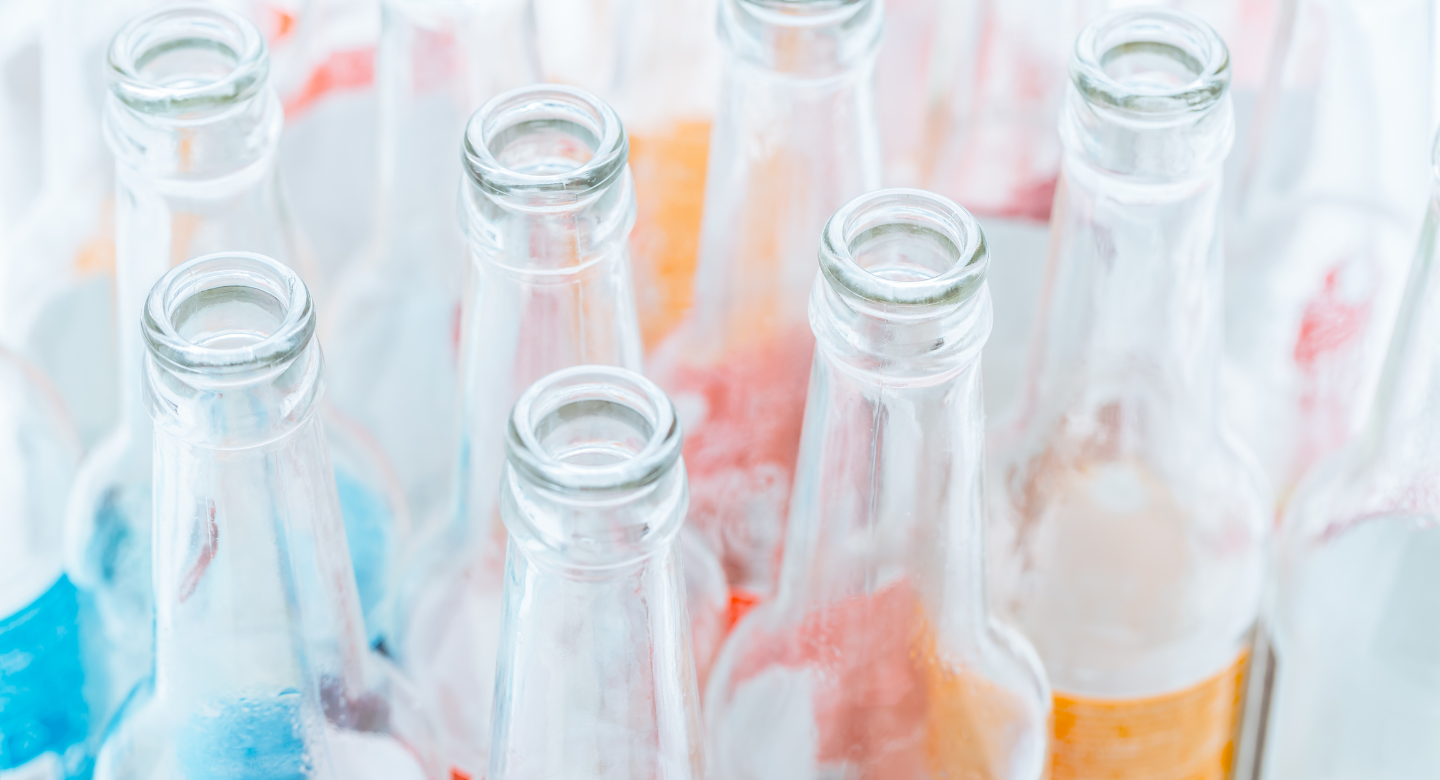
How to Minimize Waste Generation from Glass Bottles
- Carry a reusable water bottle instead of purchasing bottled water
- Choose beverages in aluminum cans when possible (they’re lighter to transport and recycle)
- Buy larger containers rather than multiple small ones
- Support businesses that offer refill stations
- Plan ahead to avoid last-minute purchases in plastic packaging
Eco-Friendly Alternatives
- Stainless steel water bottles
- Collapsible silicone containers
- Bamboo or glass reusable coffee cups
- Boxed water or beverages in paper-based packaging
- Beverages in aluminum cans
Reuse
Glass bottles can have multiple lives beyond their original purpose, reducing the need for new resources.

Ways to Reuse Glass Bottles
- Convert into travel soap dispensers
- Use as water bottles (for suitable designs)
- Create portable spice containers for camping trips
- Make candle holders for outdoor dining
- Craft decorative vases for accommodations
- Use as food storage containers
- Repurpose as DIY gifts or souvenirs
Recycle
When reduction and reuse aren’t possible, recycling ensures that glass bottles are processed into new products rather than ending up in landfills.

Steps to Recycle Glass Bottles Responsibly
- Rinse bottles thoroughly to remove food residue
- Remove caps and lids (these often use different materials)
- Sort by color if required by local recycling programs
- Find designated glass recycling points when traveling
- Research local recycling guidelines, as they vary by location
- Crush glass bottles if appropriate to save space (check local guidelines first)
Sustainable Production Practices
The sustainability journey for glass bottles begins long before consumers purchase them. Manufacturing processes play a crucial role in the overall environmental impact of Glass Bottles Waste Management.
Key Sustainable Practices in Glass Bottles Production:
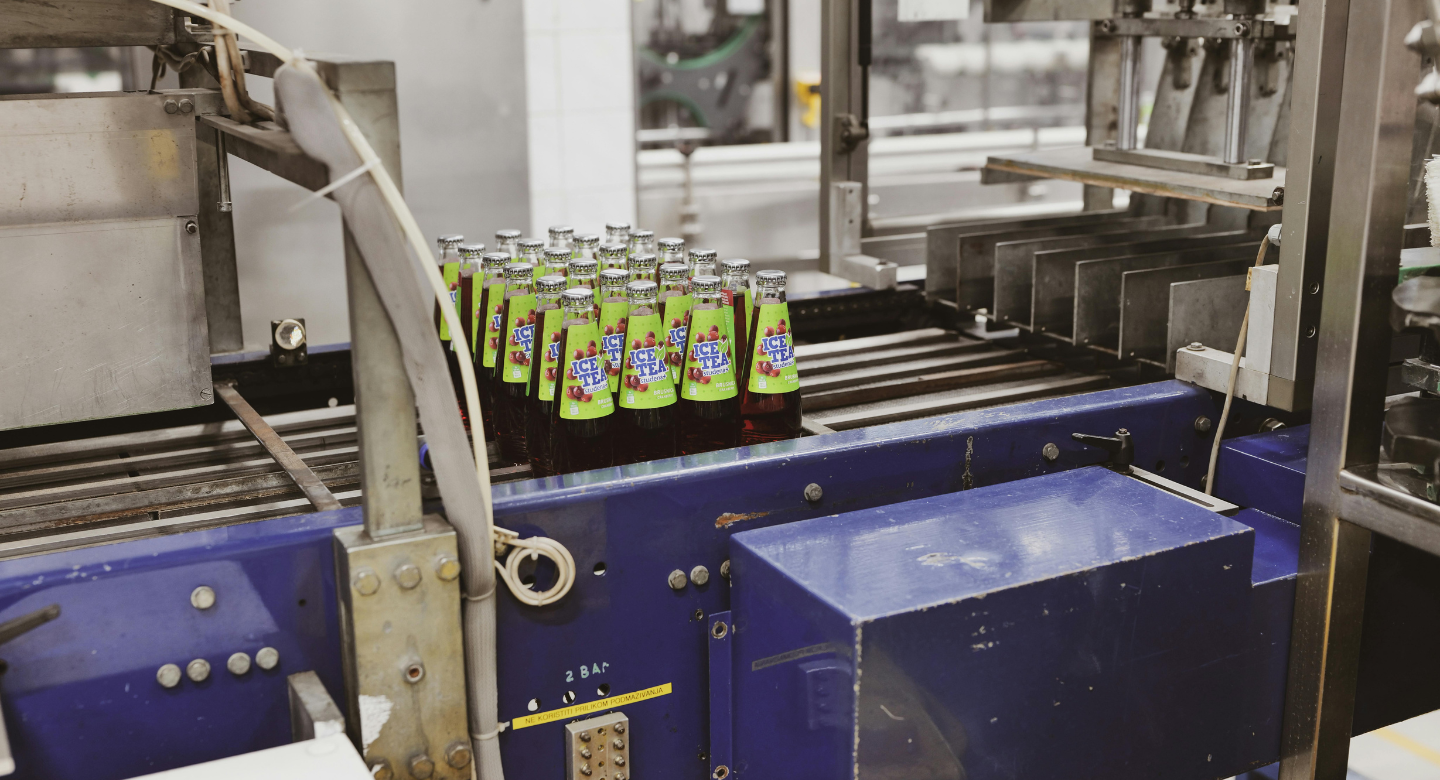
- Using recycled glass (cullet) in manufacturing: Incorporating recycled glass reduces the need for raw materials and requires less energy to melt than virgin materials.
- Implementing energy-efficient furnaces: Modern furnace technology can significantly reduce energy consumption during the high-temperature melting process.
- Reducing water consumption through closed-loop systems: Water recycling systems minimize freshwater usage and wastewater discharge in production facilities.
- Lightweight designs to use less material: Creating thinner, lighter bottles that maintain structural integrity while using less material reduces resource consumption and transportation emissions.
- Sourcing raw materials responsibly: Obtaining sand, soda ash, and limestone from suppliers with sustainable mining practices minimizes habitat destruction and pollution.
- Using renewable energy in production facilities: Powering production facilities with solar, wind, or other renewable sources significantly reduces the carbon footprint of manufacturing.
- Optimizing transportation routes to reduce emissions: Efficient logistics planning reduces fuel consumption and emissions when moving raw materials and finished products.
Regulatory Insights & Industry Standards in India
Regulatory Insights:
India has developed several regulations to manage Glass Bottles Waste Management:
- Extended Producer Responsibility (EPR) guidelines: Mandates manufacturers to collect, recycle, and properly dispose of glass bottles.
- Solid Waste Management Rules, 2016: Promotes segregation, recycling, and proper disposal of glass waste.
- Plastic Waste Management Rules (which influence alternatives): Encourages alternatives to plastic, indirectly boosting the demand for glass packaging.
- State-specific bottle deposit schemes in some regions: Some states have introduced bottle return and deposit programs to encourage recycling.

Industry Standards:
The glass industry in India increasingly follows international standards:
- ISO 14001 for environmental management: Establishes environmental management standards for glass production and recycling.
- Bureau of Indian Standards (BIS) certifications: Sets quality and safety benchmarks for glass packaging.
- Sustainable Packaging Coalition guidelines: Encourages eco-friendly glass packaging solutions.
- Cradle-to-Cradle certification for some manufacturers: Recognizes glass manufacturers that follow sustainable and circular production practices.
Carbon Footprint Analysis of Glass Bottles
Glass bottles are often considered a more sustainable alternative to plastic but also have a significant carbon footprint. The energy-intensive production, heavy transportation, and disposal methods all contribute to emissions. Let’s break it down step by step.
Step 1: Raw Material Extraction (Making the Glass)

What happens?
Glass is made from natural materials like sand (silica), soda ash, and limestone. These raw materials are mined or extracted from the Earth. The materials are then transported to factories and processed before melting.
Carbon impact?
- Mining and transporting sand and other materials require energy, often from fuel-powered machinery.
- The extraction process disturbs ecosystems and can lead to habitat destruction.
- Sand mining, in particular, is environmentally harmful and depletes natural resources.
CO₂ Emissions: 80g per bottle
Step 2: Manufacturing the Bottle
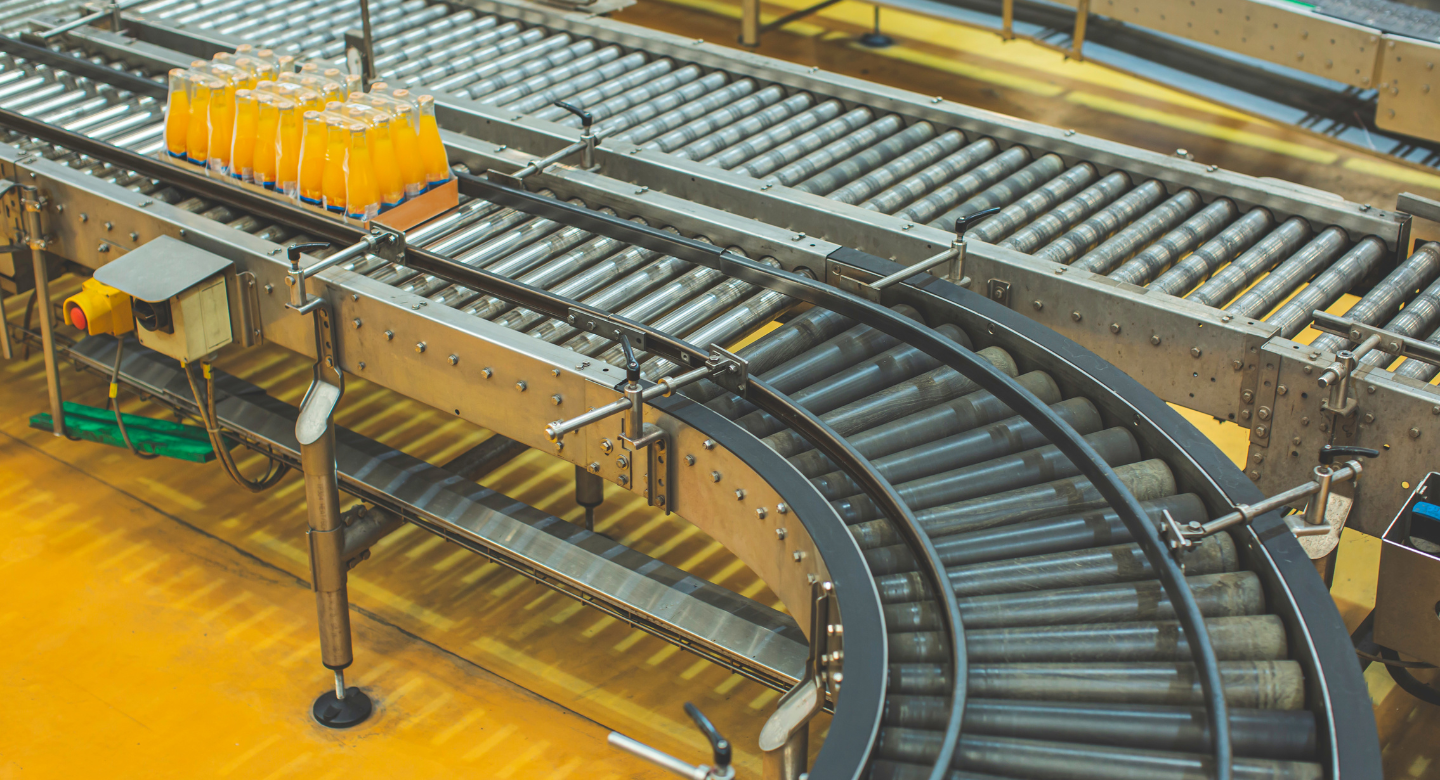
What happens?
To create glass, the raw materials are heated to extremely high temperatures (around 1700°C or 3092°F) in large furnaces. The molten glass is then shaped into bottles and cooled.
Carbon impact?
- The heating process consumes huge amounts of energy, typically from fossil fuels, making glass production very carbon-intensive.
- Recycled glass (cullet) can significantly lower emissions because it melts at a lower temperature, requiring less energy.
- If new (virgin) glass is used, the carbon footprint is much higher than using recycled glass.
CO₂ Emissions: 400g per bottle (new glass) | 200g per bottle (recycled glass)
Step 3: Transportation

What happens?
Once manufactured, glass bottles are transported to distribution centers, stores, or beverage companies. Due to their weight, glass bottles require more fuel for transportation compared to lightweight plastic bottles.
Carbon impact?
- Heavier glass bottles mean higher fuel consumption during shipping.
- If bottles are transported over long distances, the footprint increases significantly.
- Local sourcing can reduce transportation emissions.
CO₂ Emissions: 80g per bottle (varies based on distance)
Step 4: Usage
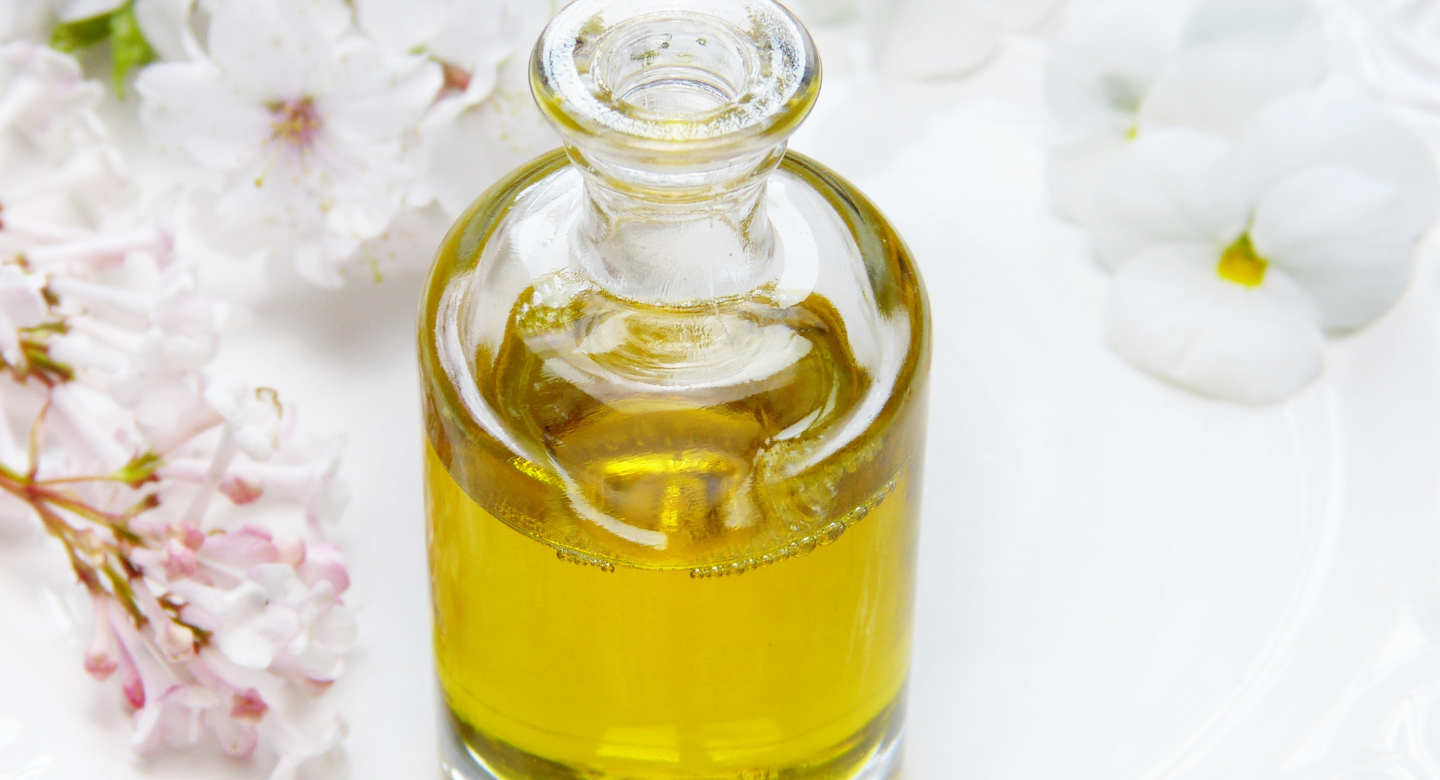
What happens?
You purchase and use the glass bottle for drinks, oils, or other liquids. Unlike plastic, glass can be washed and reused multiple times before disposal.
Carbon impact?
- If used just once, the impact per use is high.
- If reused, the per-use footprint decreases, making it more eco-friendly than plastic.
- Refrigerating the contents (like cold drinks) slightly increases the footprint due to electricity usage.
CO₂ Emissions: Minimal unless refrigerated
Step 5: Disposal
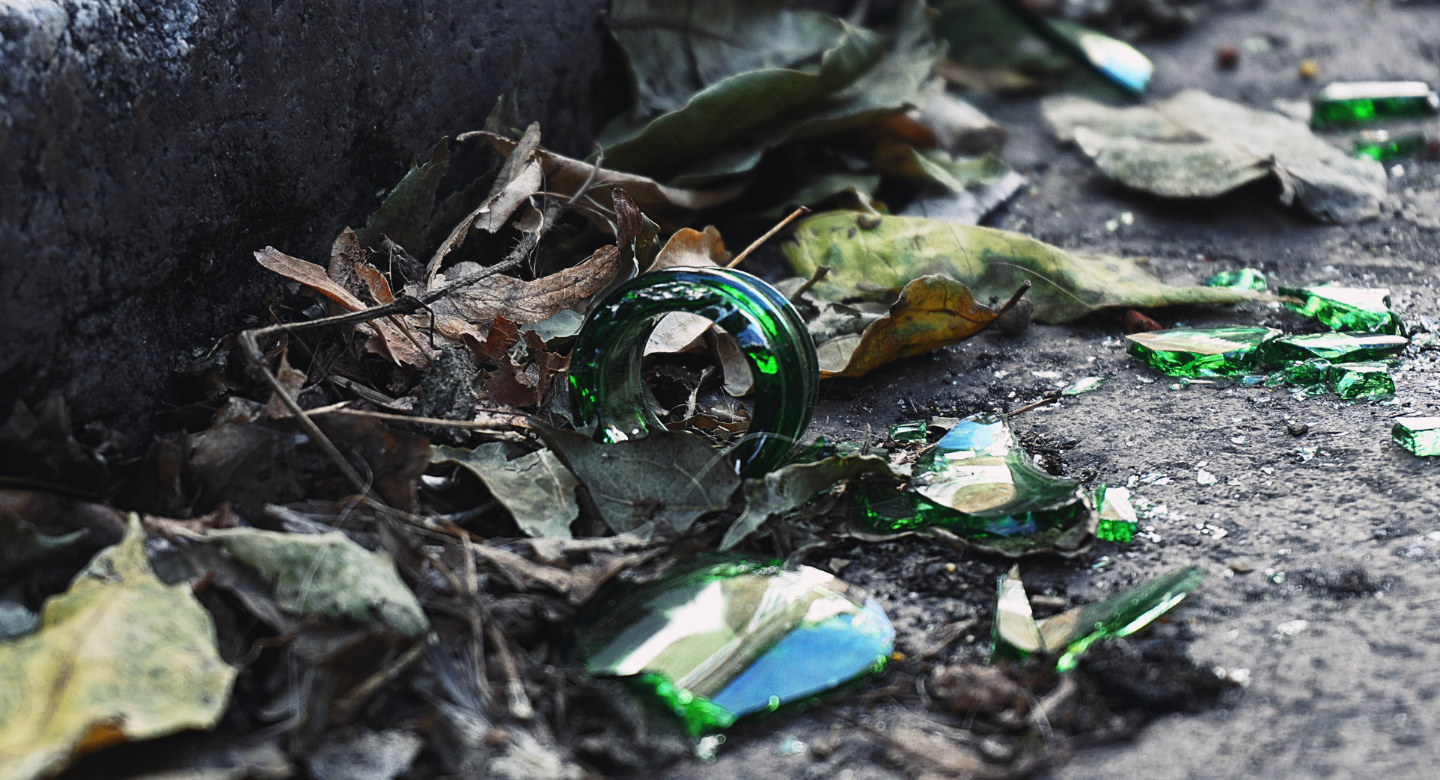
What happens?
Glass bottles are disposed of in three main ways:
- Recycling: Crushed and melted to make new glass bottles.
- Landfill: If not recycled, glass takes centuries to break down but does not release toxins.
- Reusing: Some glass bottles are collected, washed, and refilled multiple times.
🔹 Carbon impact?
- Recycling: Saves energy but still requires transportation and melting (50g CO₂).
- Landfill: Does not release CO₂ but contributes to waste problems (10g CO₂ from transport).
- Reusing: Lowest carbon footprint, as it avoids manufacturing a new bottle.
🔹 CO₂ Emissions: 10–50g per bottle, depending on disposal method
Total Carbon Footprint of Glass Bottles
- New glass bottle (single-use): 570–620g CO₂
- Recycled glass bottle: 400–450g CO₂
Reusable glass bottle: Significantly lower per-use
Case Studies & Real-World Impact of Glass Bottles
Several destinations have implemented innovative approaches to glass bottle sustainability:
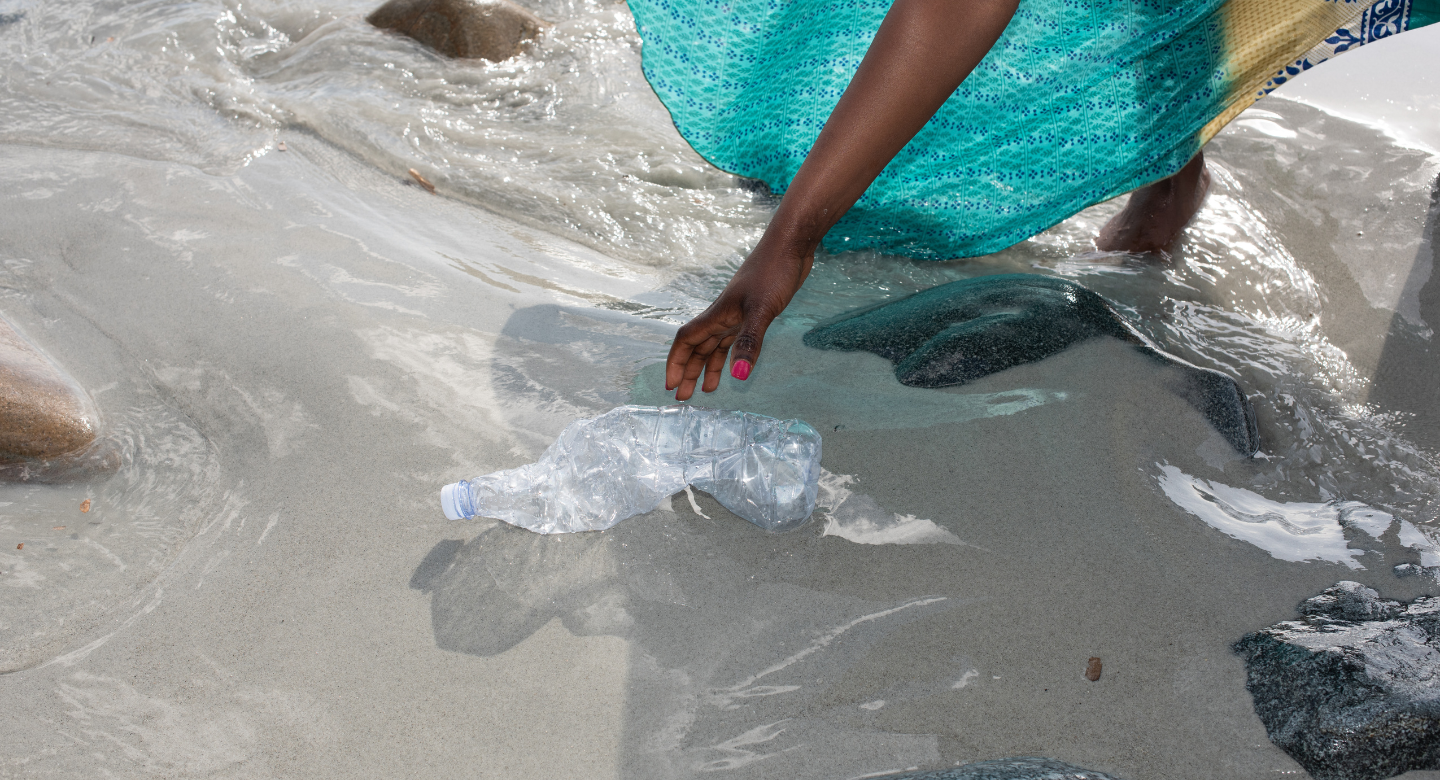
Goa Beach Clean-Up Initiative: Collected over 300,000 glass bottles annually, converting them into art installations and construction materials.
Himalayan Trekking Routes: Implemented a “carry-in, carry-out” policy, reducing glass waste by 78% in sensitive mountain ecosystems.
Kerala Houseboat Tourism: Partnered with local recyclers to collect and process glass bottles from tourist boats, creating a circular economy solution.
Actionable Steps for Travelers & Outdoor Enthusiasts to Reduce Glass Bottles
- Pack reusable bottles and containers before your trip: Bring durable, lightweight alternatives to eliminate the need for disposable glass bottles during your travels.
- Research destination recycling practices in advance: Understanding local waste management systems helps you properly dispose of any glass waste you generate.
- Support businesses with sustainable practices: Choose tour operators, restaurants, and accommodations that demonstrate commitment to reducing glass waste.
- Participate in clean-up activities at destinations: Join organized efforts to remove glass and other waste from natural areas you visit.
- Share knowledge about the 3Rs of Sustainability for Glass Bottles with fellow travelers
- Choose accommodations with refill stations: Stay at places that provide water refill options to eliminate the need for bottled beverages.
- Bring waste back to recycling points: When visiting remote areas without proper recycling facilities, carry your glass waste to the nearest appropriate disposal location.
Conclusion on 3Rs of Sustainability for Glass Bottles
The 3Rs of Sustainability for Glass Bottles—reduce, reuse, recycle—offer a comprehensive framework for addressing glass waste in travel and tourism. By implementing these principles, travelers can significantly reduce their environmental footprint while preserving the beauty and integrity of destinations worldwide.
Individual actions, when multiplied across millions of travelers, create substantial positive impact. The responsibility for sustainable glass management falls on consumers, producers, and policymakers alike. By working together, we can transform how glass bottles are produced, used, and processed at the end of their lifecycle.
Explore More:
3Rs of Sustainability for Plastic Bottles
3Rs of Sustainability for Plastic Bags
3Rs of Sustainability for Plastic Cutlery
Frequently Asked Questions (FAQs) on the 3Rs of Sustainability for Glass Bottles
Why should we focus specifically on glass bottles in sustainable travel?
Glass bottles are common in tourism settings and can take over 1 million years to decompose naturally, making proper management essential.
Is glass recycling available in most tourist destinations?
Recycling infrastructure varies widely. Research your destination in advance or be prepared to transport glass waste to appropriate facilities.
How much energy does recycling glass bottles save?
Recycling one glass bottle saves enough energy to power a 100-watt bulb for four hours, making it an important part of Glass Bottles Waste Management.
Are all glass bottles recyclable?
Most glass bottles are recyclable, but some specialized glass (like heat-resistant glass) requires different processing. Check local guidelines.
What’s the biggest challenge in implementing the 3Rs for glass bottles while traveling?
Limited recycling infrastructure in remote destinations presents the greatest challenge, making reduction and reuse even more important strategies.








[…] 3Rs of Sustainability for Glass Bottles3Rs of Sustainability for Aluminum Cans3Rs of Sustainability for Paper Cups […]
[…] of Sustainability for Single-Use Packaging3Rs of Sustainability for Glass Bottles3Rs of Sustainability for Aluminum […]